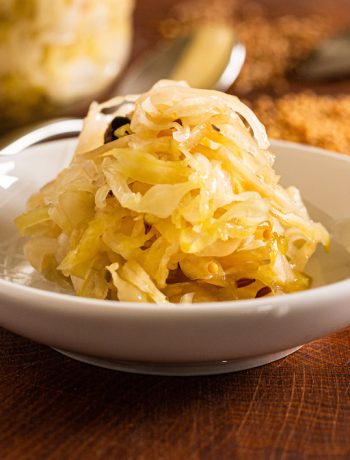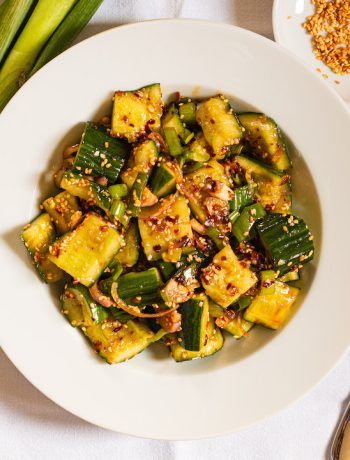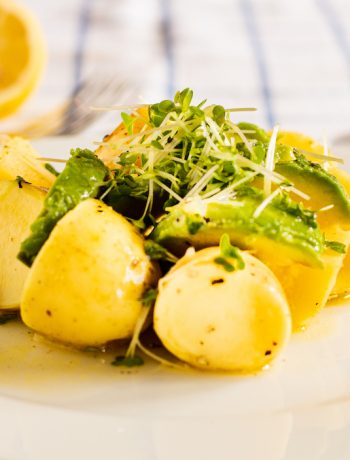Most food historians seem to agree that mayonnaise was originally known as ‘mahonnaise’ after Port Mahon, Minorca and the 1756 victory of Armand de Vignerot du Plessis, 3rd Duke of Richelieu’s over the British in the Siege of Minorca – part of the global Seven Years War. The word ‘mayonnaise’ was officially incorporated into the English language in 1815, but the genesis of the recipe is a lot harder to pin down. Mayonnaise was definitely being made in 1815 because a recipe for it was written down by French chef-writer Louis Eustache Ude. No recipes are recorded prior to that date, but those with a head for cooking imagine that the mixing of egg yolks and oil will have been done since the first olive was squished and found to be a bit greasy. What it was called before the Siege of Minorca is not known.

Port Mahon, Menorca
Some concoctions just demand the use of fat. Making your own mayo will reveal just how much fat is in there. A croissant, for instance, contains a truly improbably amount of butter. Mayonnaise ups the ante and is essentially 100% fat. Low-fat versions are available, but a quick look at the ingredients list reveals that making those is like Severus Snape’s potion class; i.e. a crazy mix of all sorts of shit that should never be eaten.
Making your own mayonnaise enables you to control the ingredients, and also gives you a healthy understanding of why you should not be eating too much of it. The process for making mayo requires care because there is some proper chemistry doing on. The egg yolk itself is already an emulsion of oil and water, and when whisked with the mustard it forms the perfect mayonnaise consistency all on its own. As we add the oil, we are trying to preserve viscosity by slowly emulsifying the fresh oil into the yolk structure. A single egg yolk can be used to emulsify truly epic quantities of oil.
Mayonnaise, as a slightly delicate, fickle sauce, does not keep well, and this is why you find stabilisers and E numbers in commercial versions. If you make your own, you ought to keep it in the fridge and use within a week.
Mayonnaise
Ingredients
- 1 egg yolk
- 1 tsp Dijon mustard
- 200ml sunflower oil
- Juice of 1 lemon or 2 tbsp white wine vinegar
- Salt and freshly ground white pepper
Instructions
Run a stand mixer or hand whisk to combine the egg yolks and mustard.
Slowly add the oil in such a way that the thickness of the mixture is never lost. Continue to add until roughly half the oil is incorporated.
Drizzle in the rest of the oil. The second half of the oil can be added a little faster than the first half.
Add the acid (lemon or vinegar) to loosen the mayonnaise, and season a little.
Jar and refrigerate.
Notes
Some folks are tempted to use olive oil to make mayonnaise, but I find it is too bitter. Using a blender rather than a whisk will result in a thicker mayonnaise. Taking some of your mayo and turning into tartare sauce adds more vinegar, which pickles it and thereby increases shelf life.






No Comments